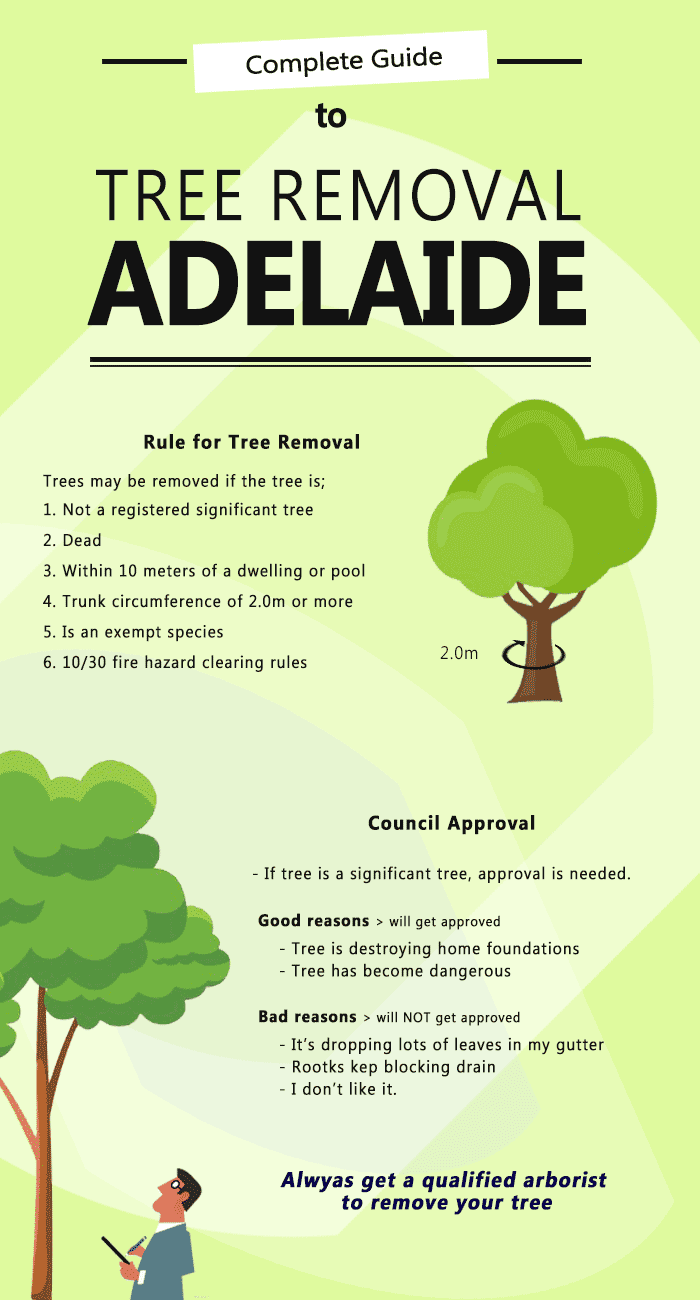Determining The Right Time For Tree Elimination - A Guide For Homeowners
Determining The Right Time For Tree Elimination - A Guide For Homeowners
Blog Article
Short Article By-Merrill Lu
Trees add beauty and worth to home, however they can likewise position a threat throughout severe weather condition occasions. If tree maintenance auckland has quit growing, is showing visible fungal development, or has a leaning trunk, it ought to be gotten rid of by an expert to prevent residential or commercial property damage and injury.
For more information, go to a home owner resource fair co-hosted by HPD, the Facility for NYC Neighborhoods, and Brooklyn-based housing partners this night in Bedford-Stuyvesant. The event will feature the Property owner Handbook, a brand-new overview to help house owners browse the duties of possessing a home.
1. Dead or Perishing Branches
Trees are an integral part of your home's landscape, using shade and elegance. They also offer shelter for wildlife and create oxygen, yet even healthy and balanced trees can experience health problems that might require their removal. Dead or dying trees aren't just unattractive, they can be dangerous. Their branches could drop throughout a tornado, causing costly building damages and injuries.
When a tree's branches begin to die, it means that its framework is beginning to break down. If most of its branches are dead, it is most likely time to remove it.
Look for an absence of brand-new development, bark peeling, open wounds or dental caries, fungis growing on the trunk or roots and a general look of degeneration in the entire cover. These indications of infection can show a severe issue that will certainly require expert tree solutions to resolve.
2. Leaning Trunk
While it's typical for trees to lean periodically because of phototropism, if a tree has a dangerous or serious lean that's not due to natural processes - it could be a sign that the tree needs to be eliminated. If the tree is leaning toward a power line, home, car, play framework or any other area that could be harmful to individuals if it falls, then calling an expert tree service for elimination need to be a top priority.
It's likewise crucial to look for any kind of sudden changes in a tree's leaning as it can indicate damage to the roots or trunk that may lead to falling. This is particularly true throughout thundercloud, because high winds and rain-soaked dirt can create a lean to alter quickly. Regular monitoring, especially during and after storms can aid home owners recognize possible issues with their trees so they can call an arborist for a complete assessment.
3. Parasite Problem
Some pest problems, such as wood-boring bugs like emerald ash borer or sap-suckers like range bugs, are so severe that they can create a tree to pass away. The best method to stop pest problem is to monitor your trees on a regular basis. Seek places, openings, or stainings in the fallen leaves and bark. Analyze the trunk for cracks and indications of insect damages, such as passages or tracks.
If a tree comes to be too plagued with insects, or is close to a home or high-voltage line, an arborist might suggest removal. If a leaning tree establishes a new, unsteady lean, an arborist will likely recommend elimination also to make certain the safety of individuals and home. If a damaged or dead tree continuously sheds excessive branches, it is a sign that it is time to get rid of the tree. If a tree remains to drop branches for an extensive time period, it could lead to structural issues and potential residential property damages.
4. Damaged Trunk
Trees are an attractive and fundamental part of our landscape, but they do need routine like maintain them healthy and balanced and risk-free. If a tree is harmed irreparable it is most likely time for it to find down.
Try to find indicators of damages to the trunk, consisting of vertical fractures, joints, dead branch stubs, noticeable wounds or open cavities and extreme tree-rot. The presence of fungi at the base of the trunk is one more warning sign. Fungis may show that the phloem and xylem (life-support tissues) are jeopardized, allowing for the spread of condition or a future failing.
Also, consider whether the tree has actually quit expanding. https://www.countryliving.com/gardening/garden-ideas/g1654/best-plants-for-a-garden/ and balanced trees will have brand-new growth yearly, which may be visible as buds or branches growing and expanding. If you don't see any type of brand-new growth, it's an excellent idea to have an arborist review the tree and follow their recommendation for removal. A passing away or damaged tree can fall and create residential property damage.